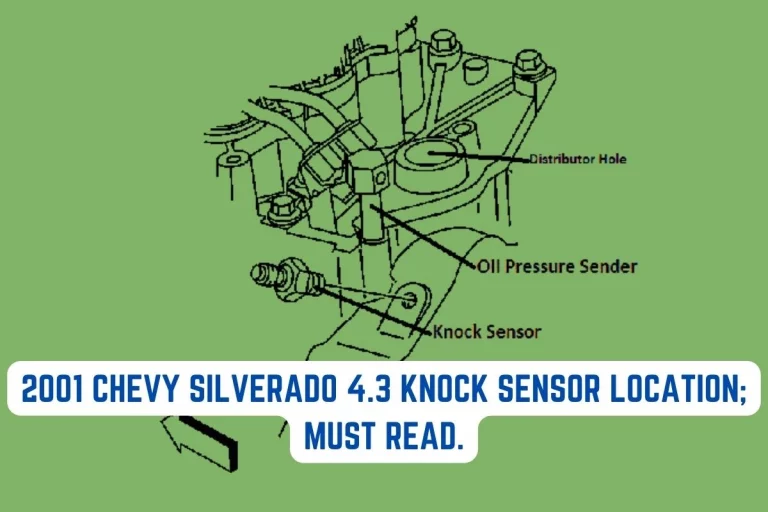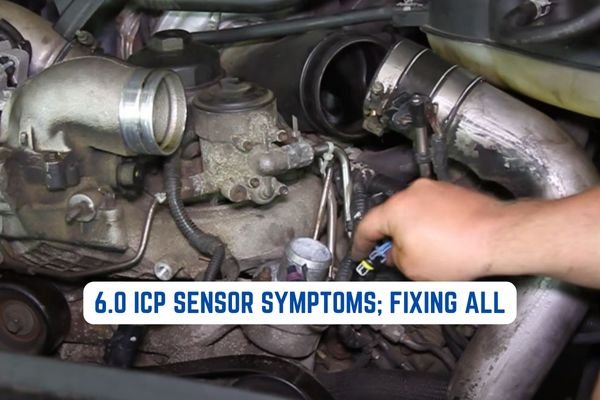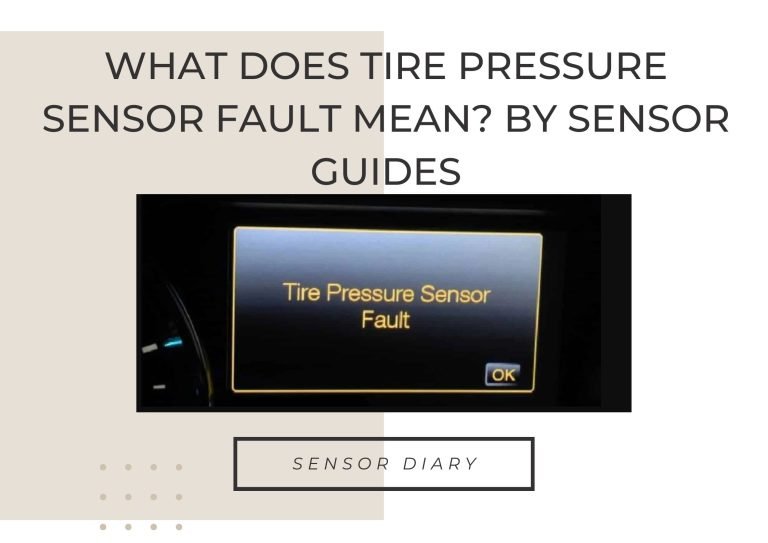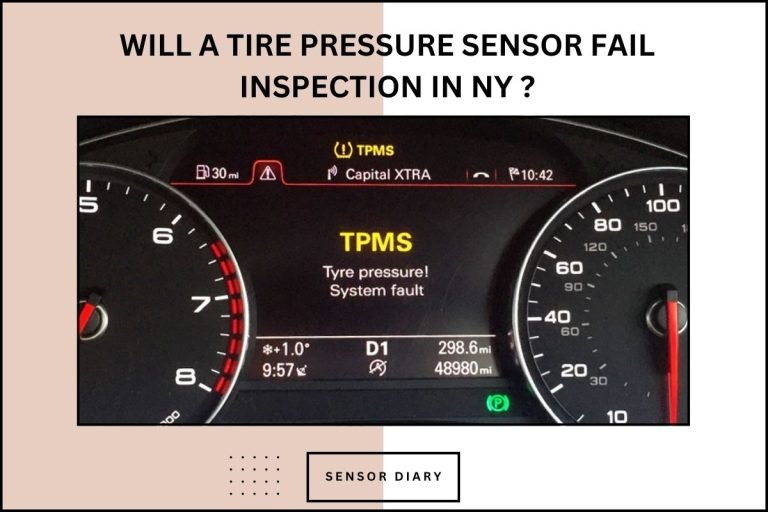How To Bypass Coolant Temp Sensor? Must Read
Unless you are trying to test the system, I’m not sure why you would want to bypass a temperature sensor. In essence, you would need to use a signal level that is similar to what the temperature sensor would normally output. If this device is an engine coolant temperature sensor, the fuel and ignition systems must be adjusted as the engine coolant temperature changes.
So that is the simple way of bypassing the CTS when you want. But there are a lot of things to consider before, and after taking action, and in this article, we will dive deeper into the process of bypassing CTS. So stick around until the end to find out what you’ve been looking for.
Table of Contents
What does the Coolant temperature sensor do?
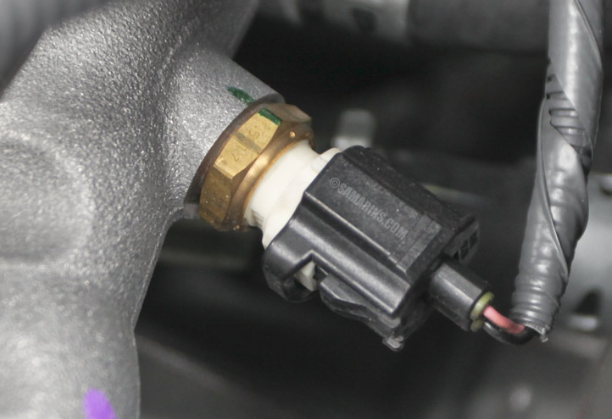
The coolant temperature sensor is critical in keeping a vehicle’s engine at the proper operating temperature. It is in charge of monitoring the engine coolant temperature and providing feedback to the engine control module (ECM).
The sensor operates by sending a voltage signal to the ECM that corresponds to the coolant temperature. This information is then used by the ECM to adjust the air/fuel ratio and ignition timing to ensure that the engine runs efficiently and at the proper operating temperature.
sensor diary
What are the symptoms of a bad CTS?
Before we get into the bypassing, let’s see some symptoms of a bad CTS for additional knowledge.
- Engine warning light
When the CTS fails, the ECM receives incorrect signals from the sensor, causing the engine warning light to illuminate on the dashboard. This could be due to a faulty CTS or a wiring problem.
- Engine overheating
The CTS regulates the temperature of the engine by signaling the ECM when it is too hot or too cold.
If the CTS fails, it can send erroneous signals to the ECM, causing the engine to overheat. If not addressed immediately, this can cause engine damage.
- Poor fuel economy
If the CTS is faulty, the ECM may send too much fuel to the engine, resulting in decreased fuel economy. This is because the engine is not operating at peak efficiency, causing it to consume more fuel than necessary.
- Hard starting or stalling
The CTS is also in charge of informing the ECM about the temperature of the engine before starting the vehicle. A faulty CTS can cause hard starting or stalling, especially when the engine is cold.
- Rough idling
Because the ECM does not receive accurate temperature signals from the sensor, a bad CTS can cause the engine to idle roughly or inconsistently. As a result, the engine may run too rich or too lean, resulting in rough idling.
- Poor engine performance
Because the ECM is not receiving accurate temperature signals, a faulty CTS can result in poor engine performance, including reduced power and acceleration. This can cause the engine to run rich or lean, reducing performance.
Cummins DEF Level Sensor Bypass; By Sensor Diary
sensor diary
Why does CTS fail?
There are several reasons why a coolant temperature sensor (CTS) can fail, including:
Electrical issues: The CTS has an electrical circuit that can be affected by corrosion or damage to the wiring. This can cause the sensor to send incorrect signals to the engine control module (ECM), leading to engine performance issues.
Wear and tear: Over time, the internal components of the CTS can wear out or become damaged, affecting its ability to accurately measure the temperature of the coolant.
Contamination: The CTS can become contaminated by debris or dirt, affecting its ability to provide accurate readings.
Overheating: If the engine overheats, it can damage the CTS, causing it to fail or provide incorrect readings.
Age: Like many other components of a vehicle, the CTS can simply wear out over time due to normal use and aging.
Manufacturer defects: In some cases, a CTS may fail due to a manufacturing defect, which can cause the sensor to provide inaccurate readings or fail prematurely.
Regular vehicle maintenance, including checking and replacing the CTS as needed, can help prevent failure and prolong the lifespan of the sensor.
How To Bypass Coolant Temp Sensor?
The following video will show you how to bypass the Coolant temp sensor on your own easily in a short time. So I reccomend watching this video until the end to learn it completely.
Bypassing the CTS can cause the engine to run too rich or too lean, which can result in poor performance, decreased fuel economy, and even engine damage. In addition, bypassing the CTS can cause the check engine light to illuminate, which can cause your vehicle to fail emissions tests or inspections.
If you are experiencing issues with your CTS, it is important to have it diagnosed and repaired by a qualified mechanic. They can replace the faulty sensor or repair any wiring or electrical issues that may be affecting the sensor’s performance. This will ensure that your vehicle is running at its optimal temperature and performing as it should.
Can you drive a car without coolant temp sensor?
You can, I do not recommend driving a car without a functioning coolant temperature sensor (CTS). The CTS is an important component of the engine management system, and its signals help regulate the engine’s operating temperature and adjust fuel delivery to optimize engine performance.
If the CTS is malfunctioning or has failed, it can cause a range of issues such as poor fuel economy, rough idle, reduced power, stalling, and engine overheating. Driving a vehicle with a malfunctioning or failed CTS can cause further damage to the engine and lead to expensive repairs.
Conclusion
Finally, the coolant temperature sensor (CTS) is an important component of the engine management system, and its signals help regulate the operating temperature of the engine and adjust fuel delivery to optimize engine performance. Poor fuel economy, rough idle, reduced power, stalling, and engine overheating are all symptoms of a malfunctioning or failed CTS.
Driving a car without a working CTS is not recommended because it can cause further engine damage and expensive repairs. If you suspect that your CTS is malfunctioning, it is best to have it diagnosed and repaired by a qualified mechanic as soon as possible to ensure that your vehicle is operating at peak performance.
Some related FAQs
How do you trick a temperature sensor?
Before taking the temperature of your forehead, run some HOT water onto a washcloth and place it there for a minute. Your forehead will feel the 116–118 degree heat from the hot water.
How do I know if my coolant temperature sensor is working?
You could put your car through an emissions test to make sure. Failure in this test should be the result of a malfunctioning coolant temperature sensor if everything else is in working order. Your engine frequently overheating is another telltale sign that your coolant temperature sensor isn’t working correctly.

